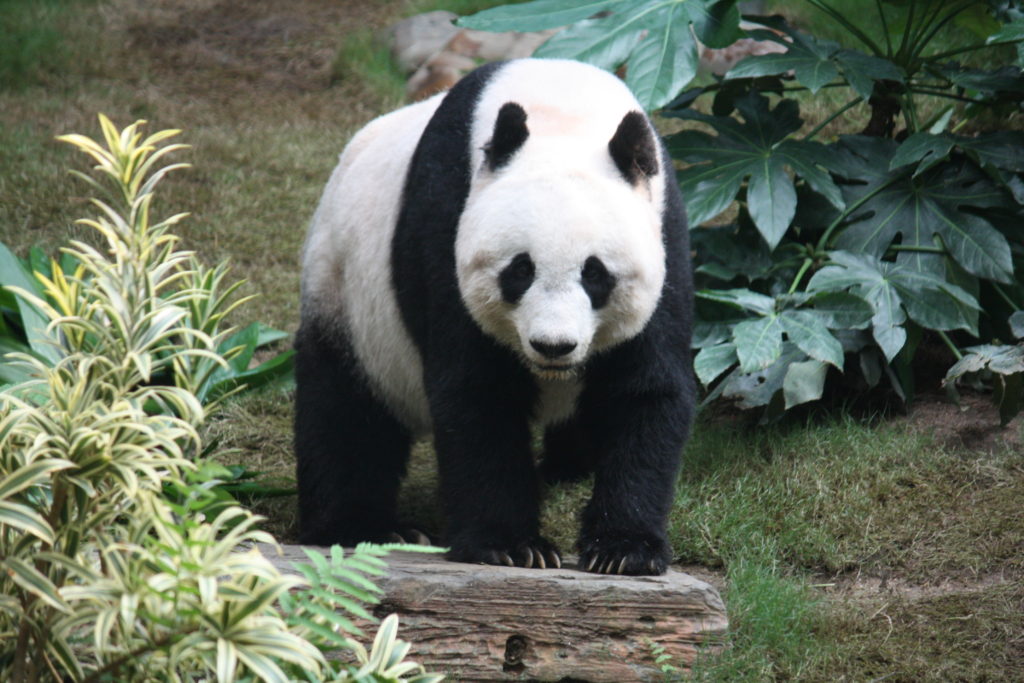

General Information The charismatic giant panda is a global conservation icon. Thanks to decades of successful conservation work, wild panda numbers are starting to recover, but they remain at risk. Human activities continue to be the biggest threats to their survival. An extensive giant panda nature reserve network exists, but one-third of all wild pandas live outside of protected areas in small isolated populations.
Pandas typically lead a solitary life. They’re excellent tree climbers, but they spend most of their time feeding. They can eat for 14 hours a day, mainly bamboo, which is 99% of their diet (though they sometimes eat eggs or small animals too).
Giant pandas are living proof that conservation efforts work.
WHERE GIANT PANDAS LIVE
Wild giant pandas could once have been found throughout eastern and southern China, northern Vietnam and northern Myanmar. Now the pandas range is restricted to just six isolated mountain ranges in Gansu, Shaanxi and Sichuan Provinces in south-central China.
They live mainly in deciduous broadleaf, mixed conifer and sub-alpine coniferous forests between elevations of about 1,200-3,400 metres.
WHY GIANT PANDAS ARE SO IMPORTANT
Giant pandas help to keep their mountain forests healthy by spreading seeds in their droppings, which helps vegetation to thrive.
The panda’s forest environment is also important for local people – for food, income and fuel for cooking and heating. Giant pandas live in the mountain catchment areas of the Yangtze and Yellow rivers, whose river basins are the economic heart of China, home to over half a billion people.
Panda habitat rivals the highest biodiversity of any ecosystem in the world. It’s also vitally important for other threatened and endangered species, including golden snub-nosed monkeys, takins, red pandas and snow leopards.
By protecting pandas we’re helping conserve the wider environment, for the people and wildlife that depend on it.
